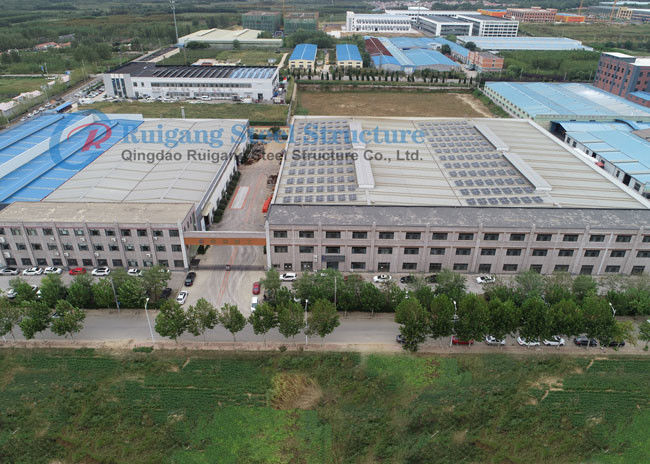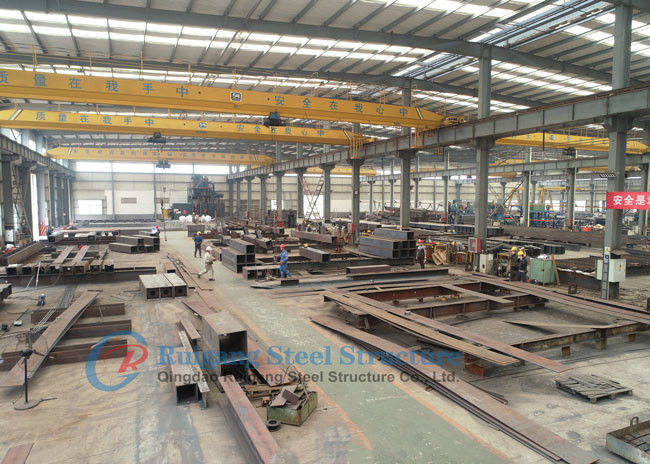Procedure for Submerged Arc Welding
1. The production supervisor is responsible for planning and scheduling welding tasks.
2. Proceed with welding only after components have been fitted and approved by Quality Control (QC).
3. Ensure the welding area is free from dust, oil, grease, and other contaminants.
4. Adjust the wire feed and welding voltage to the settings required for the task.
5. The fillet size should not exceed the thickness of the thinner part, unless specified otherwise on the drawing.
6. Adhere to the fillet size guidelines as indicated on the chart in the welding area, which complies with the GB50661-2011 standard.
7. After welding, completely remove all spatters and slag.
8. Smooth out burrs, sharp edges, and any over-welded areas.
9. Submit the welds for inspection by Quality Control.
Procedure for MIG Welding
1. The production supervisor is tasked with planning and scheduling welding tasks.
2. Welding should only be conducted on components that have been fitted and approved by QC.
3. Clean the welding area to remove all dust, oil, grease, and other contaminants.
4. Set the wire feed and welding voltage according to the task's requirements.
5. The fillet size must not surpass the smaller thickness of the parts, except as indicated on the drawing.
6. Follow the fillet size guidelines as detailed on the chart in the welding area, in accordance with the GB50661-2011 standard.
7. Post-welding, thoroughly remove all spatters and slag.
8. Smooth out burrs, sharp edges, and any excess weld material.
9. Present the welds to QC for inspection.
Handling and Preparation of Materials Before Blasting
1. Prior to starting any work, conduct a Tool Box Talk led by the Foreman for each task involved in both automated and manual blasting phases. Secure the work area with barricades and display warning signs to alert passers of the operation.
2. Record the identification of the fabricated steel scheduled for blasting by the Foreman on a shift-by-shift basis for traceability purposes.
3. Use a crane to place raw material steel sections onto the "in-feed" rack. The "in-feed" rack should be custom-built to align with the conveyor's rollers. Plan all rigging before blasting, and ensure all personnel are properly trained and qualified for their tasks.
4. Once the raw material is on the "in-feed" rack, clean it with high-pressure air to remove surface dust.


 Your message must be between 20-3,000 characters!
Your message must be between 20-3,000 characters! Please check your E-mail!
Please check your E-mail!  Your message must be between 20-3,000 characters!
Your message must be between 20-3,000 characters! Please check your E-mail!
Please check your E-mail! 



